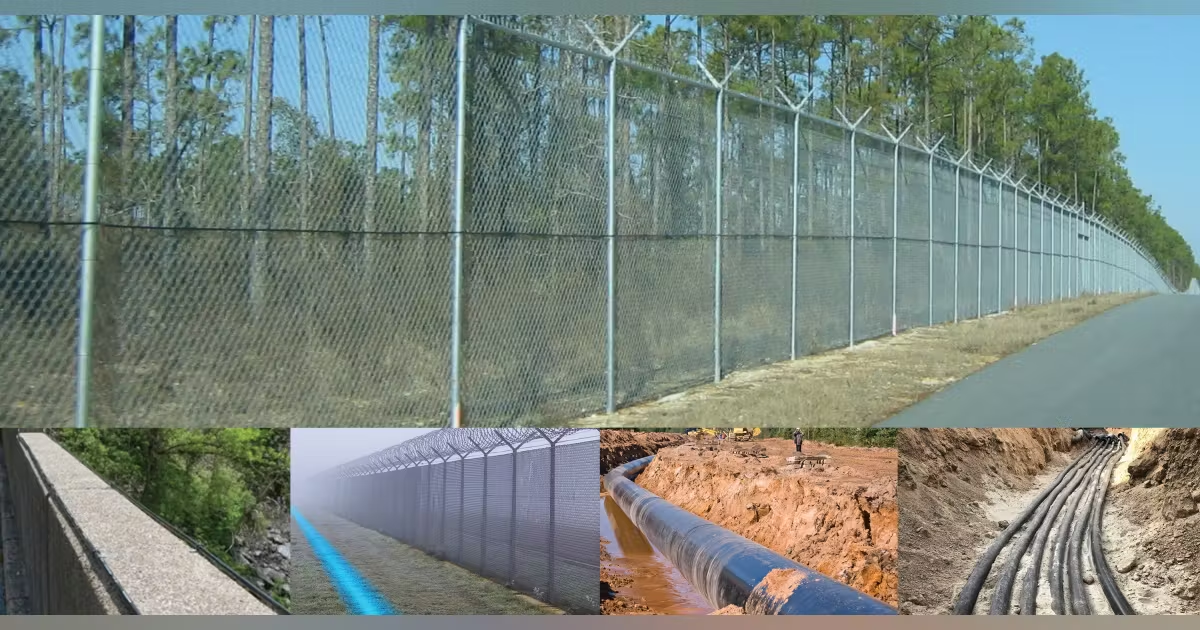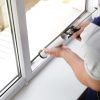Urban homes are not immune to the growing concerns of security breaches. In fact, the high population density, easy access routes, and constant foot traffic make city residences particularly vulnerable to unauthorized access, burglary, and trespassing. While security cameras and alarm systems are common, many homeowners are now considering advanced technologies that were once reserved for commercial or military use. Among these innovations, fiber optic intrusion systems are gaining attention. But are they suitable for urban homes? Let’s explore the use cases and benefits.
What Are Fiber Optic Intrusion Systems?
Fiber optic intrusion systems use light transmitted through optical fibers to detect vibrations, movements, or pressure changes along a monitored path. When someone attempts to breach a fence, wall, or boundary where the fiber cable is installed, the system immediately senses the disturbance and pinpoints the exact location. It works by analyzing the light signal’s disturbance pattern, which changes due to the physical stress on the cable.
This non-electrical sensing method is passive, meaning it doesn’t emit power along the sensing line, and it’s immune to electromagnetic interference. Originally used in critical infrastructure and military applications, this technology is now finding its way into residential settings due to its accuracy and low-maintenance nature.
Use Cases in Urban Residential Settings
At first glance, fiber optic systems may seem more appropriate for large estates or industrial properties. However, urban homes—especially townhouses, private compounds, or gated communities—can benefit significantly from this advanced perimeter protection. Let’s look at a few specific applications:
Perimeter Wall Monitoring: In cities where homes are surrounded by boundary walls or metal fences, a fiber optic cable can be discreetly attached to the structure. It will detect any climbing, cutting, or tampering attempts before the intruder even enters the property.
Rooftop Intrusion Detection: Many urban homes have rooftop gardens or terraces accessible via adjoining buildings. A fiber optic cable placed along rooftop perimeters can detect unauthorized rooftop access—something traditional alarms often miss.
Driveway or Path Monitoring: For residences with private driveways, walkways, or small yards, the cable can be buried underground to detect foot traffic or vehicle movement, alerting homeowners before someone reaches the front door.
Shared Walls in Duplexes: In cases where walls are shared between adjacent homes, fiber optics can serve as a non-intrusive method to detect unauthorized access or tampering, without affecting the neighboring property.
Benefits for Urban Homeowners
One of the most appealing aspects of a fiber optic security system is its discretion. Unlike bulky sensors or motion detectors, fiber optic cables are thin, flexible, and can be installed without altering the visual appeal of a modern home. They are also weather-resistant and durable, making them ideal for outdoor and semi-exposed urban settings.
Another major benefit is accuracy. The system can distinguish between minor disturbances—such as animals or wind—and genuine intrusion attempts using advanced signal processing algorithms. This reduces the frequency of false alarms, a major issue for traditional motion sensors in densely populated neighborhoods.
The ability to integrate the system with smart home devices is another selling point. When combined with surveillance cameras, intercoms, and lighting systems, homeowners can create a responsive environment where intrusions trigger immediate alerts, real-time camera views, and deterrents like floodlights or sirens.
Limitations to Consider
Despite the advantages, it’s important to recognize that fiber optic systems might not be cost-effective for very small homes or apartments without private outdoor space. Installation is most practical where there is a clearly defined perimeter to monitor. Also, professional installation is generally required to ensure accurate performance, which adds to the upfront cost.
While traditionally used in high-security environments, fiber optic intrusion detection systems are becoming increasingly viable for urban residential use. From monitoring boundary walls to protecting rooftops and driveways, the technology offers precise, low-maintenance, and discreet security enhancements. When integrated into broader perimeter intrusion detection systems, it provides a comprehensive solution that aligns well with the modern urban lifestyle. For homeowners seeking dependable, high-performance protection, a fiber optic security system is no longer out of reach—it’s a smart investment in peace of mind.











